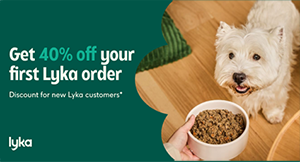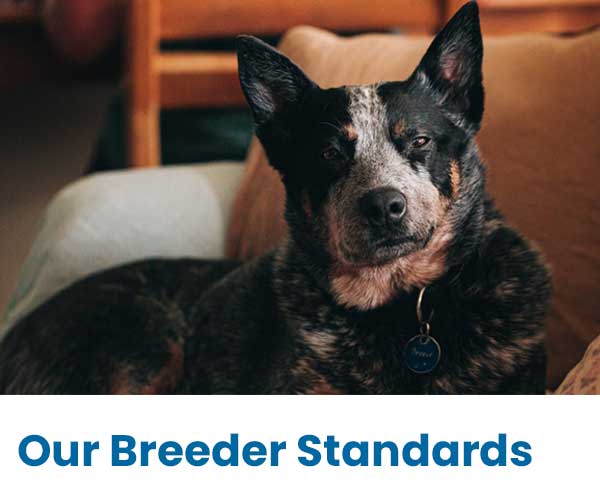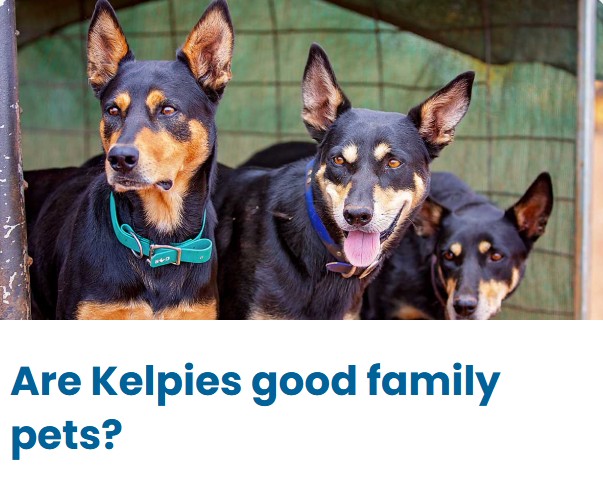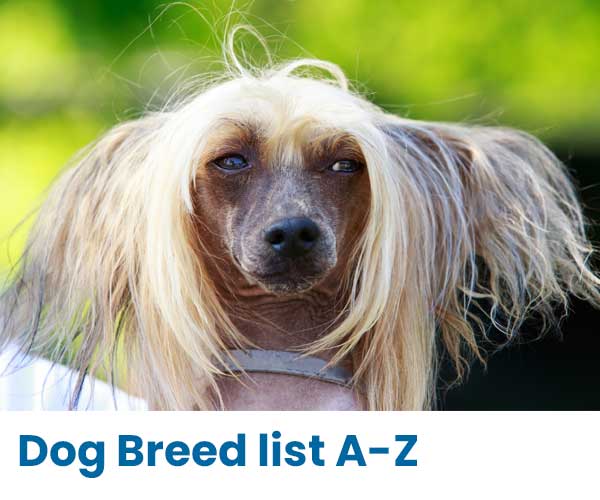Belgian Shepherd breed guide
The Belgian Shepherd Dog is a unique breed with four varieties distinguished by coat type, length and colour. These are: Groenendael, Tervueren, Laekenois and Malinois. Originally developed as a sheep dog from Belgium, they are a medium to large breed that are athletic, alert and intelligent. They are a popular family pet and many dog enthusiasts enter Belgian Shepherds into sports and activities such as herding, obedience, sports, lure coursing, tricks, agility, nosework etc.
Belgian Shepherd Temperament
Belgian Shepherds must be confident and outgoing in nature and neither shyness nor aggression is desirable. In company with other working breeds it is essential that right from day one owners must set boundaries for calm and sensible behaviour and with positive reinforcement, establish ground rules for their dogs, just as much as for their children. Do not assume, because of the similarity of name, that a Belgian Shepherd is the same as a German Shepherd, either in temperament or physical characteristics.
Belgian Shepherds have a strong guarding instinct when called upon to protect; however, at other times, they should be calm and bold. As with all dogs, children should be supervised so rough play is not misinterpreted by the dog as an aggressive act.
The Belgian Shepherd is an intelligent and clever animal, who enjoys the company of his human family, however, if left alone in a kennel or a backyard without companionship or diversions, he is likely to amuse himself by taking the washing off the line, digging holes or other destructive acts. All owners of Belgian Shepherd pups are encouraged to attend puppy training classes and preferably make further efforts to expand their dog’s horizons with good socialisation and educating their dog to be well behaved by attending a training club or having lessons.
The ideal owner for a Belgian Shepherd
An experienced dog owner is usually best suited to a Belgian Shepherd. Whatever the Belgian Shepherd does, it does with great enthusiasm whether that be working, playing or just loving their owner. The Belgian Shepherd likes to be included in all your activities so if you like jogging, hiking, running, biking, outdoor activities, or just spending a lot of time with your dog then the Belgian Shepherd may be a good choice for you. However, if you often work long hours, travel frequently, or have other hobbies or activities that often keep you away from your dog, then this is definitely not the breed for you.
Training and socialisation
Belgian Shepherds require consistent and clearly defined boundaries. Some may be sensitive to corrections and negative markers and may easily become bored by repetitive drill-like training. They work best with positive training methods. Belgian Shepherds are fast learners when presented with dynamic and fun sessions and are very versatile, suitable to a wide range of dog sports and activities. Any Belgian Shepherd should be enrolled in puppy classes and dog school and a wide range of stimuli and experiences offered.
How much space and exercise do Belgian Shepherds need?
Average and large backyard sizes are suitable for Belgian Shepherds. They prefer to be included in day to day life so access indoors is preferred vs an outside only dog. They are a breed of great athletic ability and physical endurance so regular walks or runs are suggested. It is also really important that they are mentally stimulated in addition to physical activity.
Belgian Shepherds and grooming
The Belgian Shepherd has a fairly easy to care for coat, but it does need regular attention in order to prevent it matting. In addition to the harsh outer coat, which may belong (Groenendael and Tervueren), short (Malinois) or rough (Laekenois); they all have a woolly undercoat. In summer, a twice-weekly brushing is adequate, whereas in winter, if the dog gets wet and muddy it would be necessary to wash away, dry the dog, and then brush out the mud daily.
Grooming a Belgian Shepherd usually takes 5 to 20 minutes, depending on coat type. Bear in mind that an entire bitch will usually molt and regrow her coat each time she comes into season (usually every six to eight months), whereas male dogs tend to respond more to the seasons. When the moult is taking place, daily grooming is essential. Nails should be kept short. The non-smell coat of the Belgian Shepherd reduces the frequency that owners need to wash their dogs. No smell = no need to bathe.
All four varieties have a double coat which is built to resist the bad weather of the season and atmospheric variations so frequent in the Belgian climate, thus highly protecting the dog from Australian cold winters and hot humid summers. Clipping a double coat is a definite NO.
Belgian Shepherd colour variations
Groenendael - black long hair Laekenois - fawn rough coat Malinois - fawn with black face mask, short hair Tervueren - fawn or grey with black face mask, long hair.
General facts about Belgian Shepherds
Average life expectancy: 12-14 years
Average weight: Females: 20-25 kg, Males: 25-30 kg
Average height (at withers): Females: 56-60 cm, Males: 60-66 cm
Potential health Issues in Belgian Shepherds
In order to maintain the Belgian Shepherd Dog as a dog fit for its original herding purpose, and to maintain its current relatively healthy status, the Belgian Shepherd Dog Club of Queensland recommends that all of the Belgian Shepherd varieties (Groenendael, Tervueren, Laekenois and Malinois) are assessed according to the current minimum standards of overseas Canine Clubs.
⢠Hip score
⢠Elbow score
⢠ACES eye certification
⢠Full Breed DNA profile (trait and health testing)
⢠and any available test for any known health issue in the breed as testing becomes available.
Other potential conditions that cannot currently be tested for are:
⢠Epilepsy
⢠Cancer
Special precautions are needed with anaesthetics. Advise your vet of this on your first visit so they are aware of this in the event of an emergency.
Fun Facts about Belgian Shepherds
1. Some Belgian Shepherds smile or grin. The curl of the lip and baring of teeth can be confused for a snarl, but it is just their way of smiling and is usually a sign of affection or submission if they happen to be in trouble.
2. Belgian Shepherds were used as war dogs in World War 1 & 2.
3. The Belgian Shepherd dogs are four varieties of the same breed, differing in coat color, texture, and length.
4. Belgian Shepherds were first imported to Australia in 1974.
5. Belgian Shepherds have a no-smell coat. They don't smell doggy.
6. The Belgian Shepherd is a structurally sound body shape with very few skeletal health concerns compared to other exaggerated breeds.
Belgian Shepherd History
The history of the Belgian Shepherd traces back to the 1880s. In September 1891, the 'Club du Chein de Berger Belge' was formed for the purpose of determining if there was a true shepherd dog type representative of Belgium. In 1892 the first Belgian Shepherd breed standard was issued, and it recognised three varieties; dogs with long coats, short coats and rough coats. During the early twentieth century, names came into use for the different varieties of the Belgian Shepherd, the city of Malines became known for the short haired, and the Groenenedael was named after Chateau de Groenendael, the hotel where a breeder resided and also the name of his own kennel. Tervueren were named after the town of Tervuren, and the Laekenois is named after the Chateau de Laeken, which was often visited by Queen Henrietta of Belgium.
In 1974 Groenendaels were the first of the varieties to be imported into Australia, followed by the Tervueren in 1980 and later both the Laekenois and Malinois. In particular, the working attributes of the Malinois are being utilised by our armed forces and police as is the practice overseas.
References
Dogs NSW - Belgian Shepherd Dog (Groenendael)
Belgian Shepherd Dog Club of Queensland and their Fact Sheets
Special thanks to Alison Nagle and the Belgian Shepherd Dog Club of Queensland for providing this breed information.
If you are a small scale ANKC registered breeder and would like to be listed here, just contact us or follow a few simple steps to add your details yourself.
We welcome helpful comments and contributions to information about this breed by email







